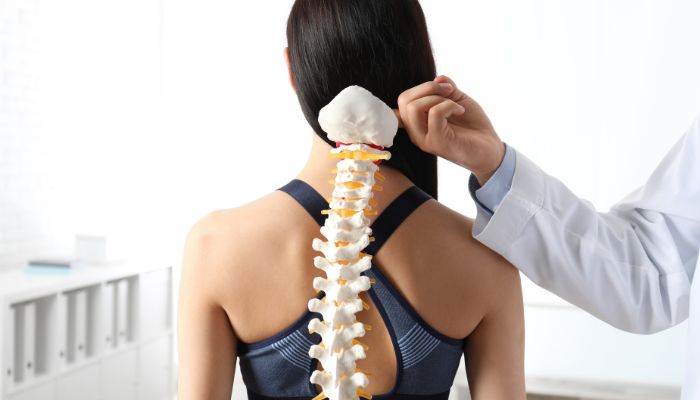
Spine
Interventions aimed at alleviating pain, improving mobility, and restoring function to the spine, which can be affected by conditions such as Herniated discs, Spinal canal stenosis, Spondylolisthesis, Spinal deformities and Trauma. These treatments can range from conservative approaches like physical therapy,Spinal injections to surgical interventions, depending on the severity of the condition.
Types of Spinal Treatments
- Non-Surgical Treatments
- Physical Therapy: Includes exercises and stretches to improve strength, flexibility, and posture along with TENS and ULTRSOUND which can reduce pain and improve function.
- Medications: Pain relievers (NSAIDs), muscle relaxants, or corticosteroids can help manage inflammation and pain..
- Minimally Invasive Treatments
- Spinal Injections: Transforaminal Epidural Steroid injections depending on the spinal pathology(Herniated discs and canal stenosis) to reduce pain and inflammation to avoid surgery
- Laser Spine Surgery: A minimally invasive procedure using laser technology to treat Disc herniation
- Radiofrequency Ablation: A technique that uses heat to destroy nerve tissue causing pain due to facetal arthropathy and instability
- Surgical Treatments
- Spinal Fusion: A procedure where two or more vertebrae are permanently joined together to provide stability and reduce pain using pedicle screws and cages
- Discectomy: Removal of a damaged disc to relieve pressure on the spinal nerves.
- Laminectomy: Removal of part of the vertebra (lamina) to relieve pressure on the spinal cord or nerves.
- Artificial Disc Replacement: Replacing a damaged disc with an artificial one to restore mobility.
- Spinal Decompression Surgery: A surgery to remove portions of the bone or disc to alleviate pressure on the spinal cord or nerves.
When Are these Treatments Needed?
These treatments are typically recommended when a person experiences persistent back or neck pain, numbness, weakness, or radiating pain into the arms or legs, especially when conservative methods (like rest, physical therapy, or medications) do not provide relief. Treatment is also necessary when spinal conditions (such as a herniated disc or spinal stenosis) significantly impact a person’s quality of life or daily functioning.
Benefits
- Pain Relief
- Improved Mobility
- Prevention of Further Damage
- Restoration of Function